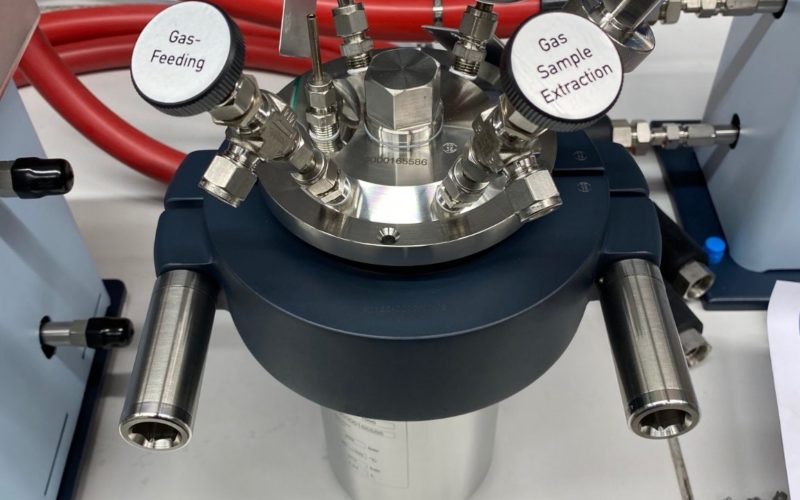Cross-coupling of the energy and mobility sectors and hydrogen storage caverns
In the energy system of the future, hydrogen and hydrogen compounds play an important role as renewable energy carriers and feedstocks for the chemical industry. This is because hydrogen can also be stored on a large scale and allows for broad cross-sectoral applications. The DLR Institute of Networked Energy Systems will be showcasing selected research projects on this topic at the H2FC Fair.
Hydrogen mobility and recovery
In order to efficiently link the energy and mobility sectors, DLR is researching how hydrogen as an energy storage medium can provide both electrical and thermal energy when converted back into electricity. In particular, the purity of stored hydrogen as a fuel for fuel cell mobility and the technical implementation for efficient use of hydrogen in buildings, by using fuel-cell powered vehicles as mobile power supplies, are being examined.
Storing hydrogen in salt caverns
Salt caverns are artificially created cavities in natural underground salt deposits. They are ideal for storing hydrogen, even in large quantities. The technical design, concepts for dynamic operational management, the integration of such storage in the gas network infrastructure and process engineering aspects – especially with regard to the potential contamination of the stored hydrogen – are the focus of current research work at the DLR Institute of Networked Energy Systems.
Exhibits include a cavern high-pressure reactor, which simulates the conditions in a cavern in terms of pressure and a hydrogen atmosphere. Such reactor allows the effect of the used materials and the purity of the hydrogen to be examined.
Video: Infrastructure video: Test stands for decentralized hydrogen-based sector coupling
German Aerospace Center (DLR)
Institute of Networked Energy Systems
Michael Kröner, Email michael.kroener@dlr.de
Marco Zobel, Email marco.zobel@dlr.de
